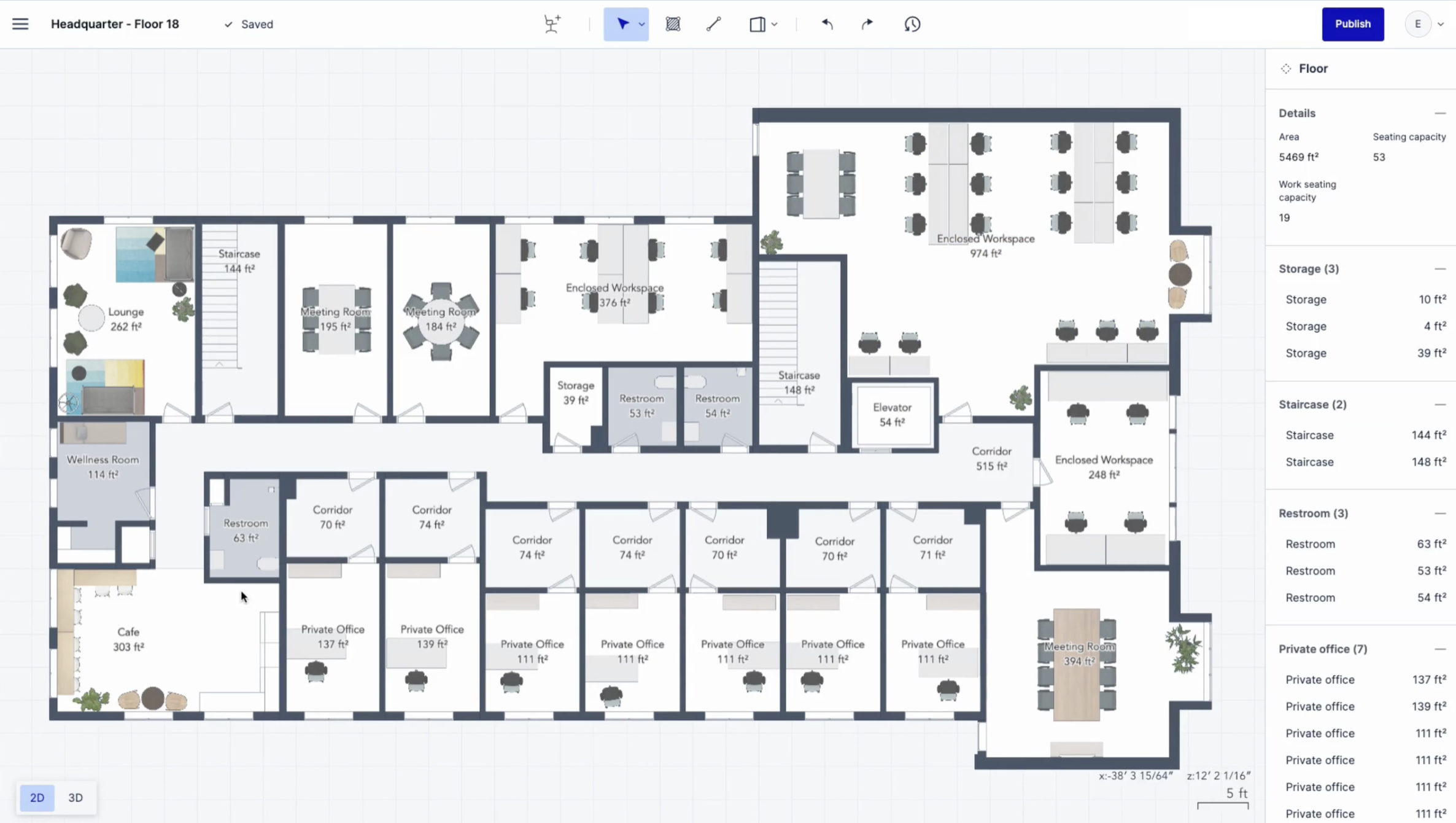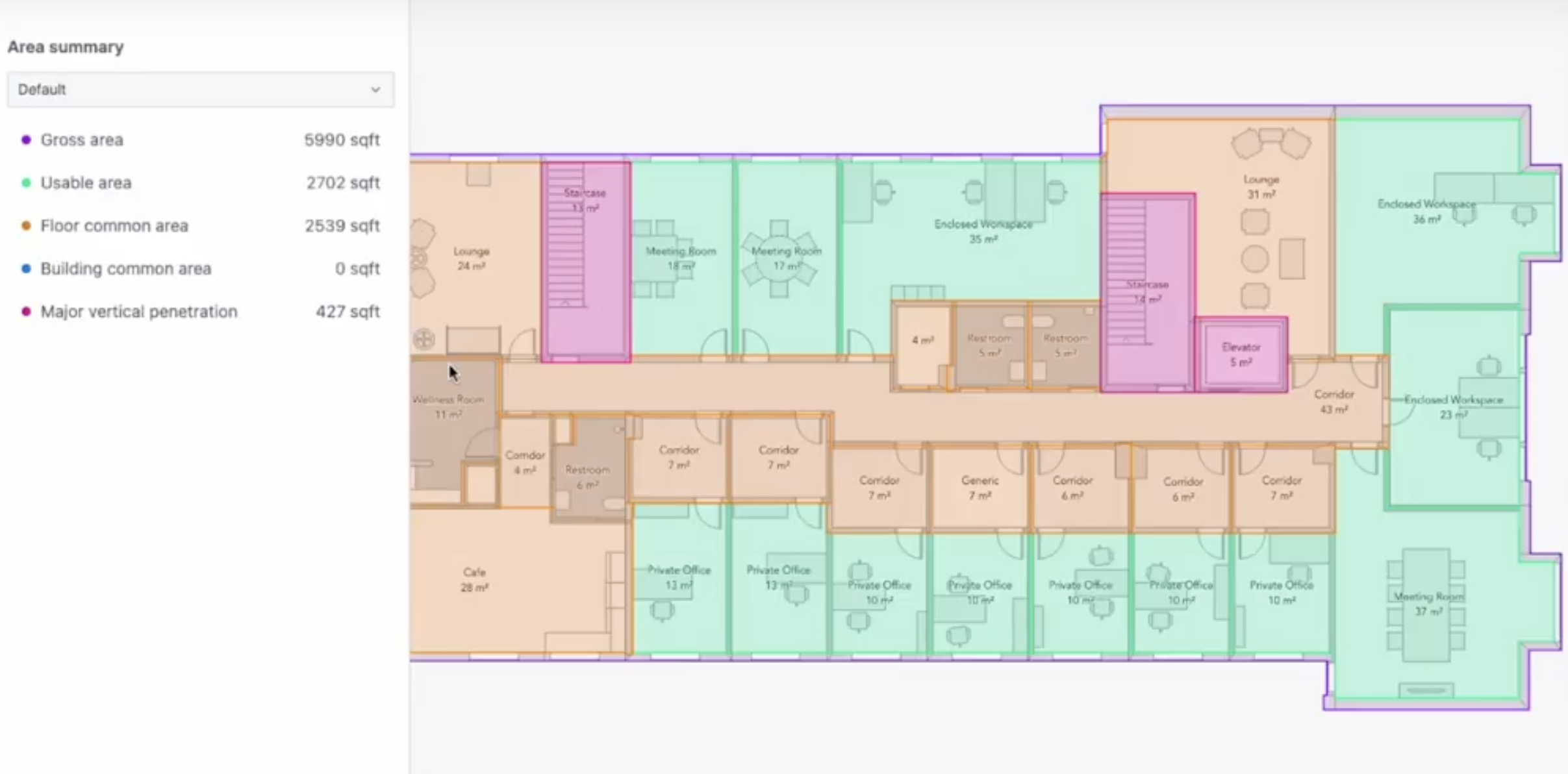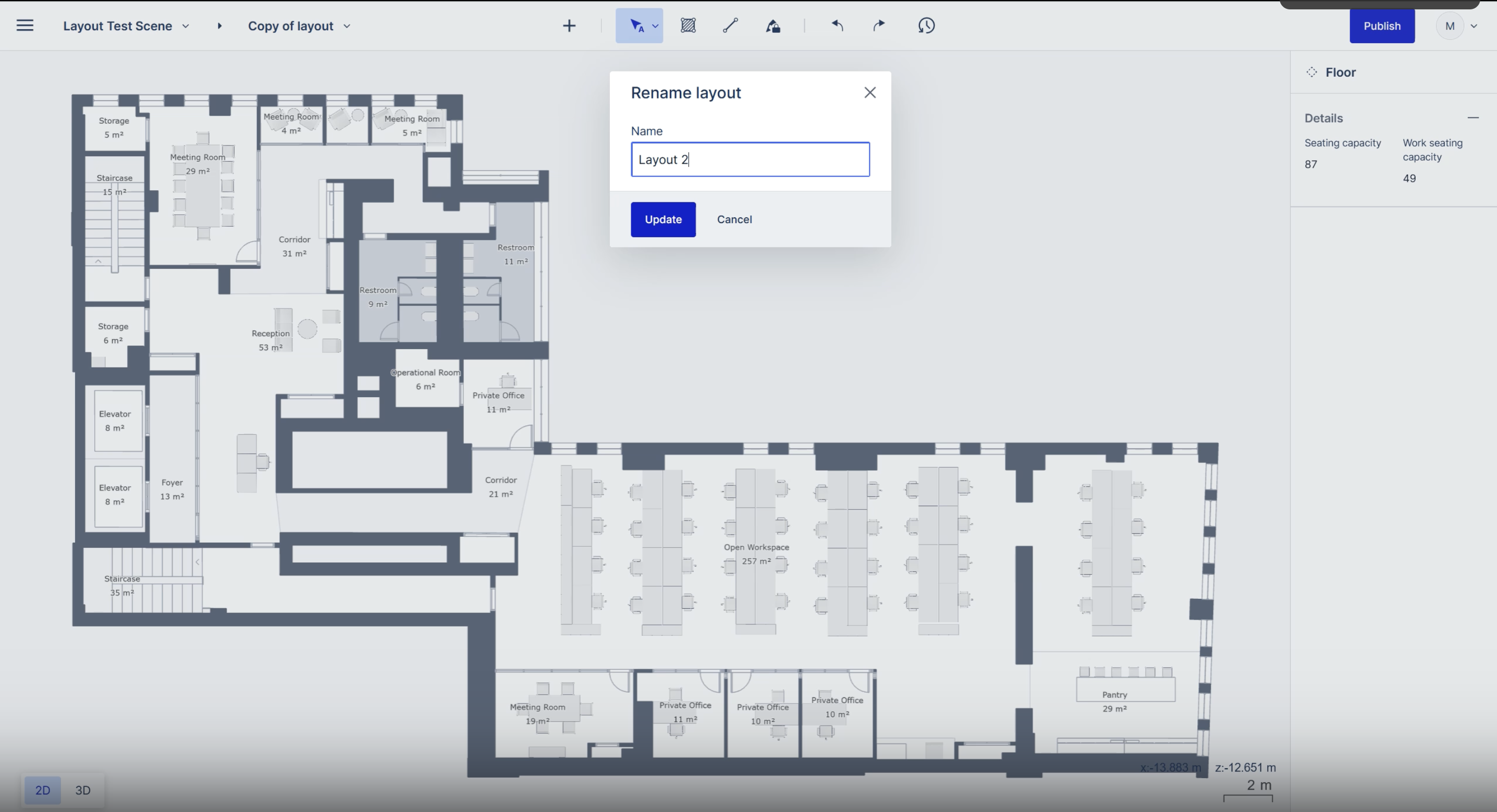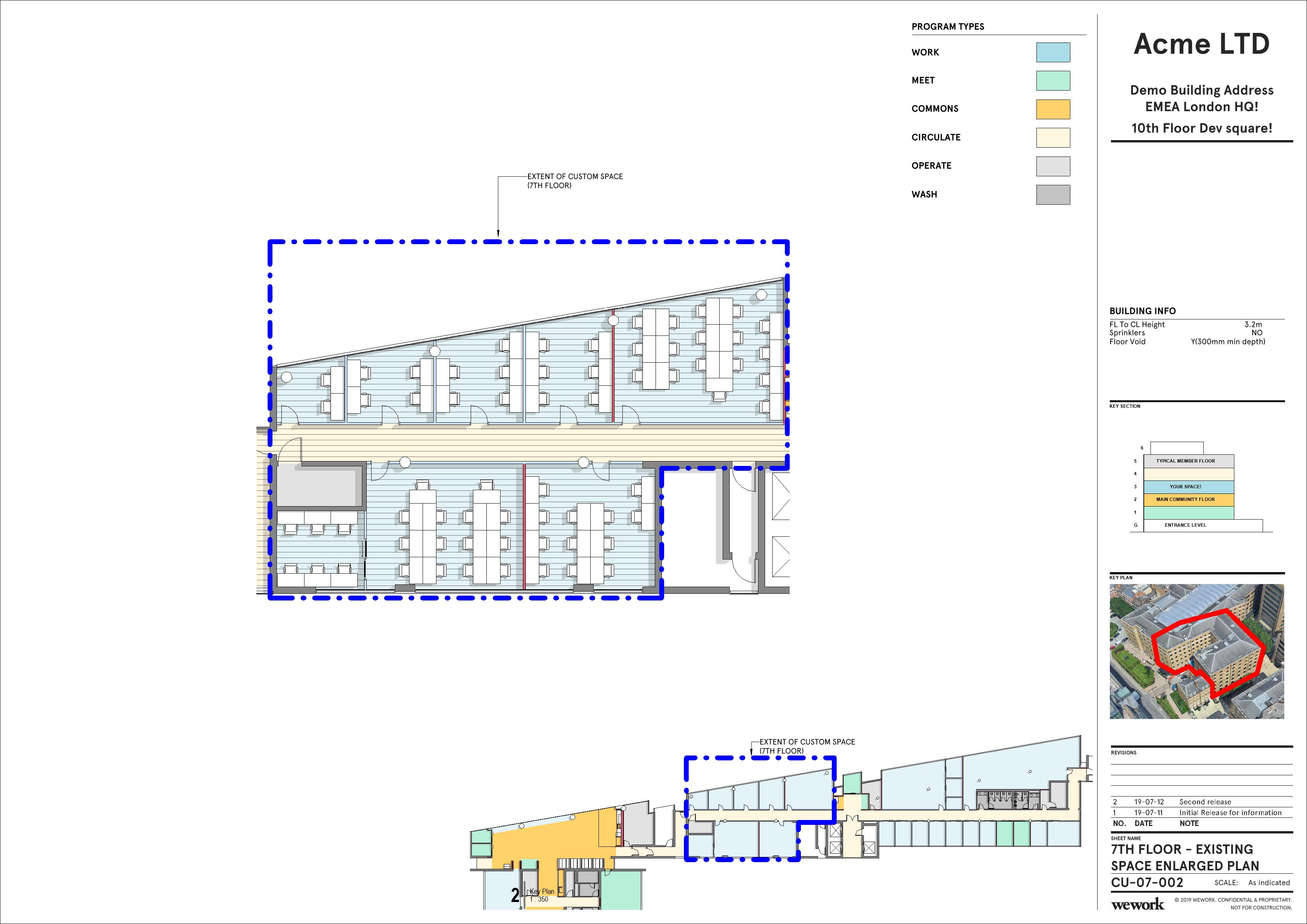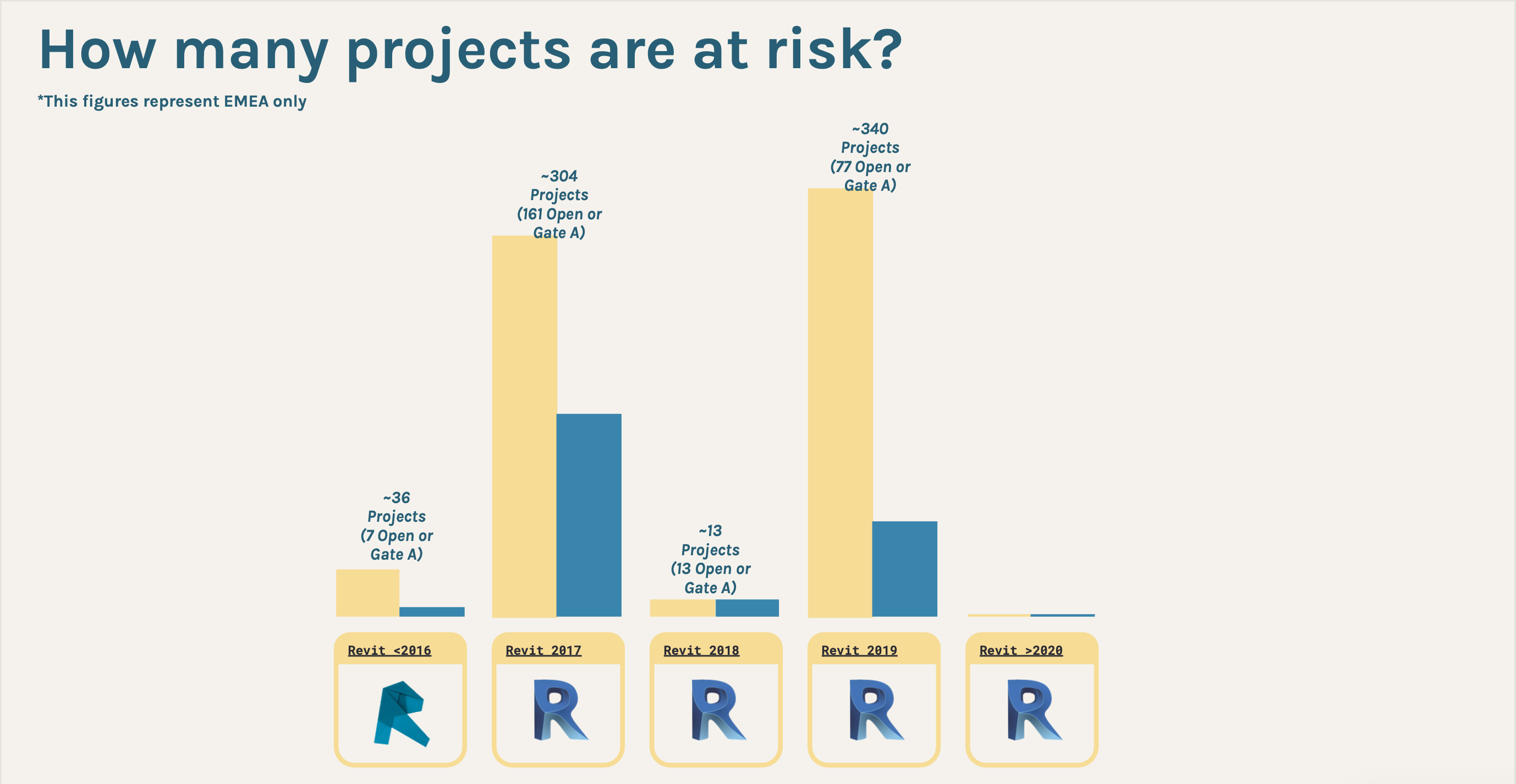Project Scope
Objective
The primary objective was to standardise design standards from a global team and implement them effectively within EMEA. This required creating data-rich elements, developing specific tooling for quality control, and rolling out comprehensive training programmes.
Team Composition
We operated as a squad of four, where I spearheaded the initiative. Our team comprised specialists in design, technical writing, and quality assurance, working collaboratively to achieve our goals.
Execution
Development of Data-Rich Elements
We created over 1,000 data-rich elements encapsulated in a self-documenting container model. Each element was meticulously maintained, versioned, and fully annotated to ensure clarity and usability. This model served as the foundation for our standardisation efforts.
Cross-Functional Coordination
Successfully translating the design standards required extensive coordination between various stakeholders, including:
- Construction Project Managers: To ensure that the designs were feasible and could be implemented on-site.
- Design Teams: To maintain the integrity and vision of the original design standards.
- Sourcing and Supply Chain Teams: To ensure that all materials met the required standards and were available when needed. WeWork relied heavily on bulk orders and warehousing so this was a key driver of suppily chain issues in all regions.
- Cost Managers: To keep the standards within budget while meeting all design specifications, not all regions were equal in this regard.
- Electrical Engineers: To ensure that all electrical and lighting configurations were accurate and complied with local regulations.
- Architects: Any default configuratoins which impacted local building laws needed to be amended, noted or removed as needed.

Initial Rollout and Feedback
The content was initially rolled out to small teams to gather feedback. This phased approach allowed us to make iterative improvements based on real-world usage and ensure the elements met the specific needs of various stakeholders.
Tooling and Quality Control
Specific tooling and utilities were created to ensure quality control and compliance with the master source content. These tools allowed us to quickly identify and rectify any deviations from the standards once the content was used in the field.
Onboarding and Training
We onboarded teams across the EMEA region, providing comprehensive training to ensure they could effectively use the new standards and tools. The success of this initial rollout led to the extension of the programme to third-party teams used by WeWork.
Expansion and Global Rollout
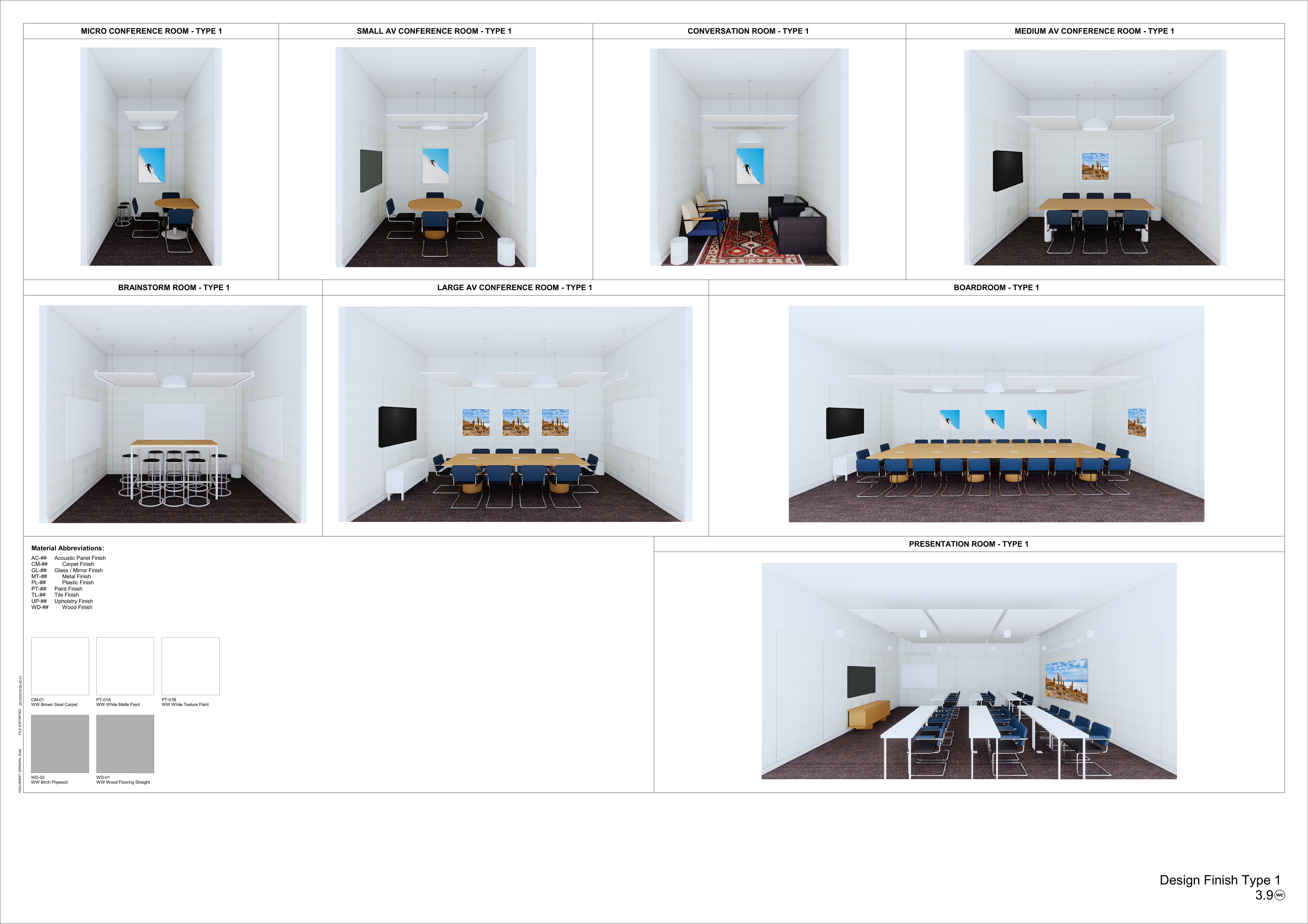
Due to the success in EMEA, the initiative was expanded globally:
LATAM: Configured to meet local needs and support structures, changes to nomenclature.
North America: Adapted to comply with regional regulations and practices including Imperial Units and sheet sizes. It was possible to reduce number of configurations in some cases for NA.
APAC: Tailored to accommodate local building codes and operational requirements. Additional typloogies and configurations needed in some cases.
Each region received customised processes, content, and training to ensure a seamless implementation of the global design standards.
Impact
The project had a significant impact on WeWork’s operations:
- Consistency: Ensured that all designs across EMEA and eventually globally adhered to the same high standards.
- Efficiency: Reduced the time and effort required to implement design standards on new projects.
- Quality: Improved the overall quality and compliance of construction projects.
- Scalability: Created a scalable model that could be adapted to other regions with minimal adjustments.
Conclusion
Leading this initiative at WeWork demonstrated the importance of cross-functional coordination and the value of a well-defined, standardised approach to design and construction. By developing data-rich elements and comprehensive training systems, we ensured that WeWork’s design standards were effectively implemented across EMEA and eventually rolled out globally, enhancing efficiency, consistency, and quality in our projects.
